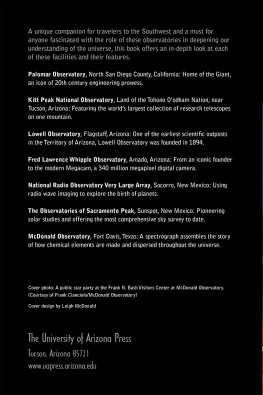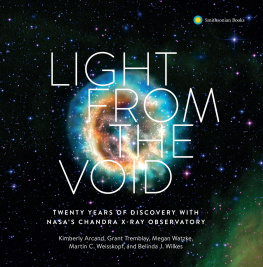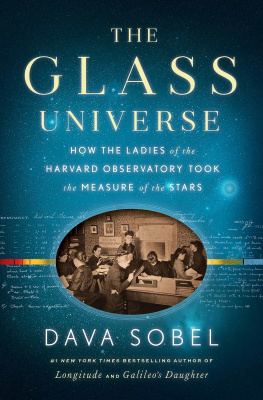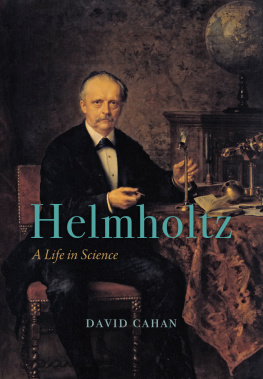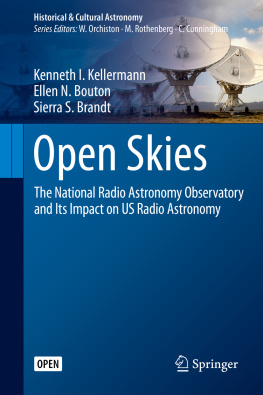David Aubin - The Heavens on Earth: Observatories and Astronomy in Nineteenth-Century Science and Culture
Here you can read online David Aubin - The Heavens on Earth: Observatories and Astronomy in Nineteenth-Century Science and Culture full text of the book (entire story) in english for free. Download pdf and epub, get meaning, cover and reviews about this ebook. year: 2010, publisher: Duke University Press Books, genre: History. Description of the work, (preface) as well as reviews are available. Best literature library LitArk.com created for fans of good reading and offers a wide selection of genres:
Romance novel
Science fiction
Adventure
Detective
Science
History
Home and family
Prose
Art
Politics
Computer
Non-fiction
Religion
Business
Children
Humor
Choose a favorite category and find really read worthwhile books. Enjoy immersion in the world of imagination, feel the emotions of the characters or learn something new for yourself, make an fascinating discovery.

- Book:The Heavens on Earth: Observatories and Astronomy in Nineteenth-Century Science and Culture
- Author:
- Publisher:Duke University Press Books
- Genre:
- Year:2010
- Rating:4 / 5
- Favourites:Add to favourites
- Your mark:
The Heavens on Earth: Observatories and Astronomy in Nineteenth-Century Science and Culture: summary, description and annotation
We offer to read an annotation, description, summary or preface (depends on what the author of the book "The Heavens on Earth: Observatories and Astronomy in Nineteenth-Century Science and Culture" wrote himself). If you haven't found the necessary information about the book — write in the comments, we will try to find it.
The contributors examine observatory techniques developed and used not only in connection with observatories but also by instrument makers in their workshops, navy officers on ships, civil engineers in the field, and many others. These techniques included the calibration and coordination of precision instruments for making observations and taking measurements; methods of data acquisition and tabulation; and the production of maps, drawings, and photographs, as well as numerical, textual, and visual representations of the heavens and the earth. They also encompassed the social management of personnel within observatories, the coordination of international scientific collaborations, and interactions with dignitaries and the public. The state observatory occupied a particularly privileged place in the life of the city. With their imposing architecture and ancient traditions, state observatories served representative purposes for their patrons, whether as symbols of a monarchs enlightened power, a nations industrial and scientific excellence, or republican progressive values. Focusing on observatory techniques in settings from Berlin, London, Paris, and Rome to Australia, Russia, Thailand, and the United States,The Heavens on Earthis a major contribution to the history of science.Contributors: David Aubin, Charlotte Bigg, Guy Boistel, Theresa Levitt, Massimo Mazzotti, Ole Molvig, Simon Schaffer, Martina Schiavon , H. Otto Sibum, Richard Staley, John Tresch, Simon Werrett, Sven Widmalm
David Aubin: author's other books
Who wrote The Heavens on Earth: Observatories and Astronomy in Nineteenth-Century Science and Culture? Find out the surname, the name of the author of the book and a list of all author's works by series.

